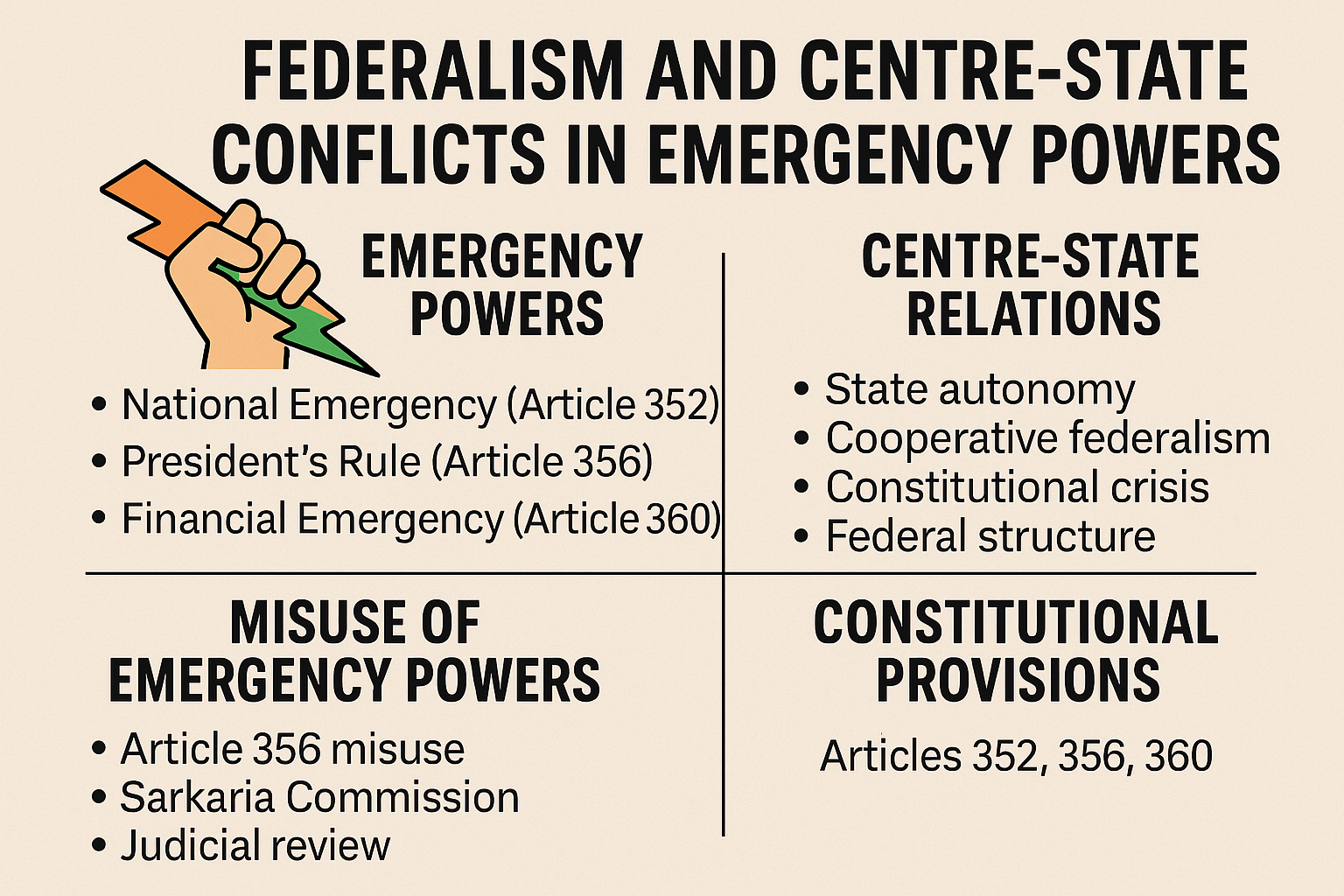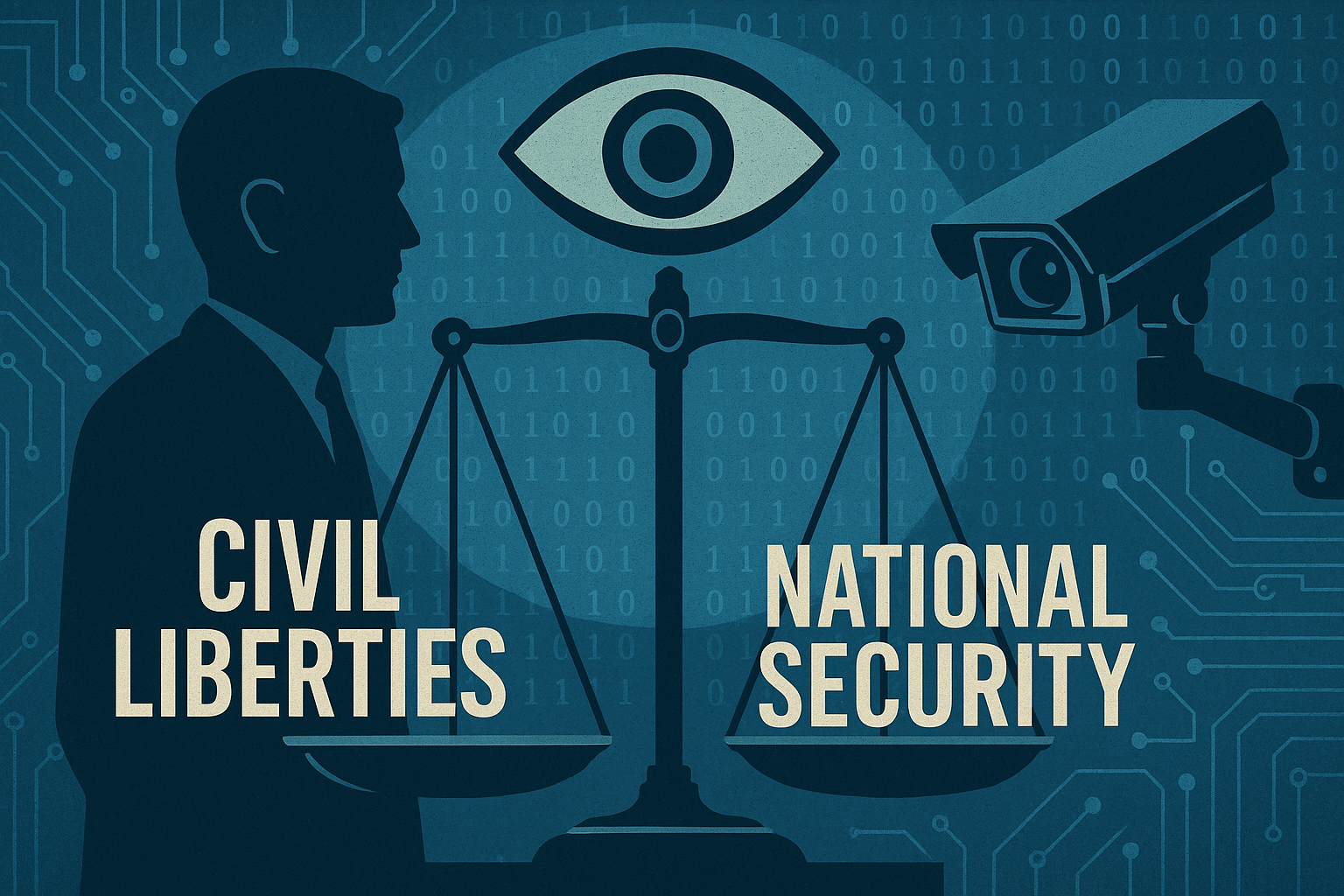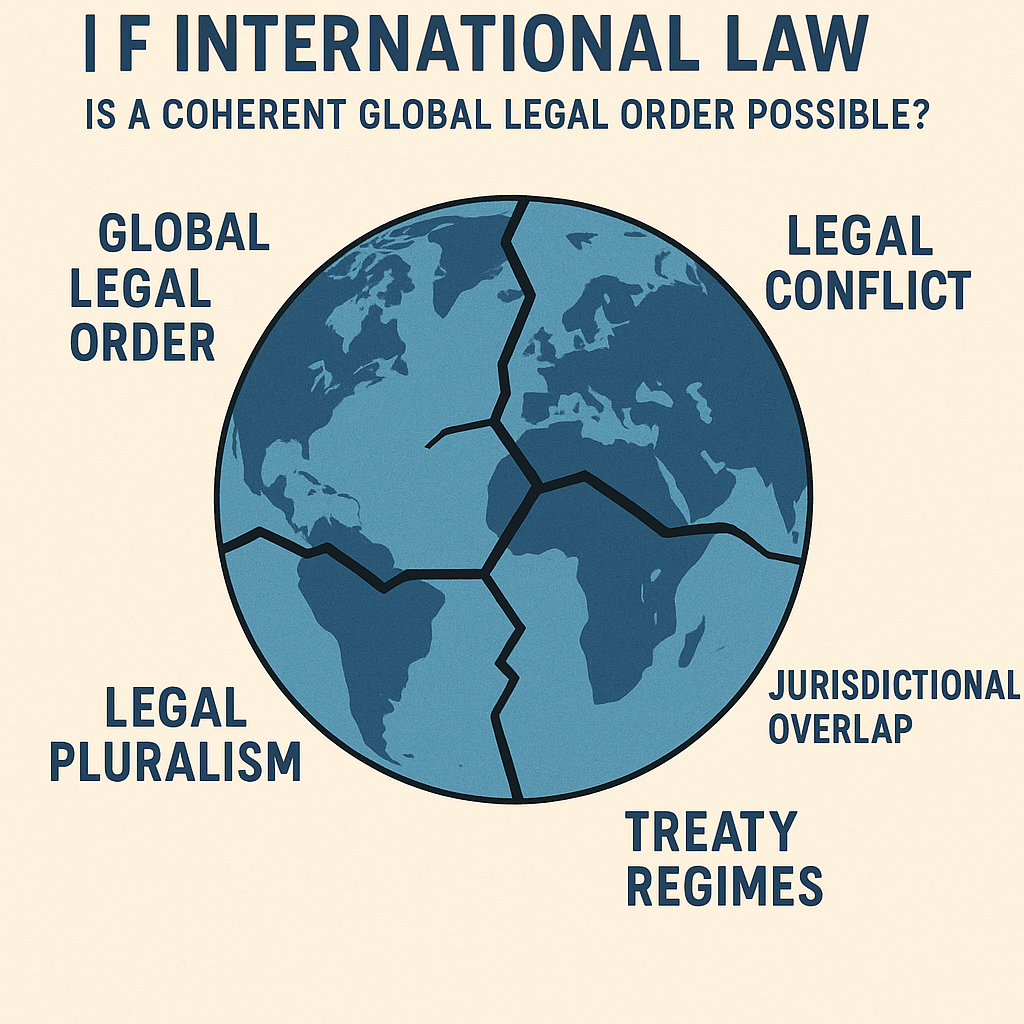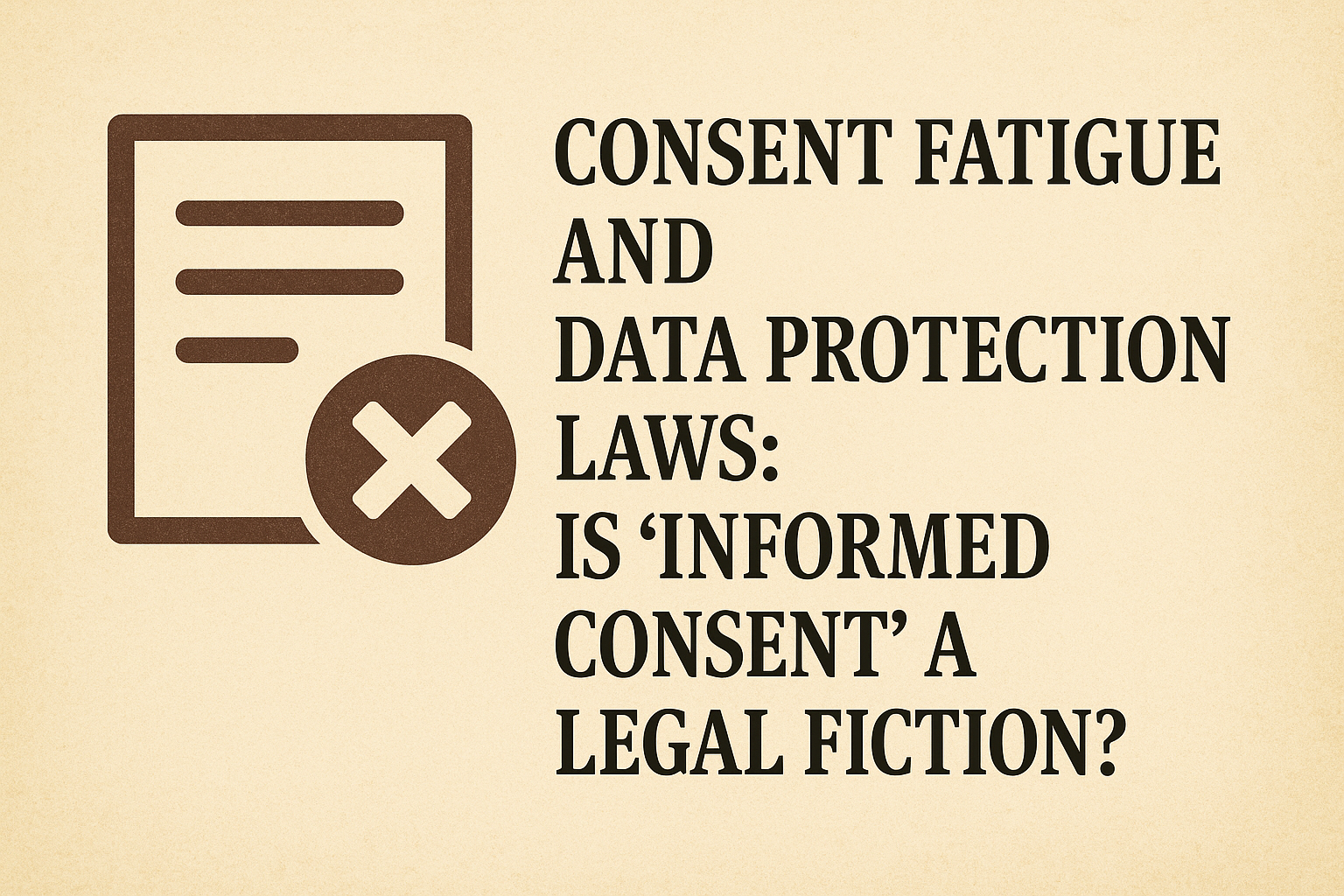Federalism and Centre-State Conflicts in Emergency Powers
Introduction
India’s Constitution establishes a federal system with a strong unitary bias, aimed at maintaining national unity while accommodating regional diversity. However, the exercise of emergency powers by the Central Government has often led to tensions between the Centre and the States, raising concerns about the erosion of federal principles. These powers, especially under Articles 352 (National Emergency), 356 (President’s Rule), and 360 (Financial Emergency), grant the Union sweeping authority, sometimes at the cost of State autonomy.
This article provides a comprehensive examination of the legal, political, and historical dimensions of Centre-State conflicts during emergencies, the evolution of federalism in India, and the mechanisms suggested for balancing national interest with federal integrity.
I. Understanding Federalism in the Indian Context
1.1 Constitutional Federalism
The Indian Constitution adopts a quasi-federal structure. Unlike classical federations (like the U.S.), Indian federalism is not a compact between States. Rather, it emerges from a single Constitution where States owe their existence to the Constitution and not to any inherent sovereignty.
Key features:
- Dual polity: Union and State Governments.
- Division of powers: Through the Union List, State List, and Concurrent List in the Seventh Schedule.
- Independent judiciary: Headed by the Supreme Court to resolve Centre-State disputes.
- Unitary features: Single Constitution, all-India services, residuary powers with the Centre, and emergency provisions.
1.2 Cooperative vs. Competitive Federalism
The idea of cooperative federalism promotes coordination between the Centre and States in policy-making and implementation, whereas competitive federalism encourages States to compete for resources, investments, and performance rankings.
Emergency provisions often disrupt this balance, skewing power heavily in favor of the Union.
II. Emergency Powers under the Constitution
2.1 Article 352: National Emergency
- Grounds: War, external aggression, or armed rebellion.
- Effects:
- The Union Parliament can legislate on matters in the State List.
- Executive power of the Union extends to giving directions to any State.
- Fundamental Rights under Article 19 may be suspended.
Conflict Potential: The Union’s expanded authority during a national emergency often sidelines State governments, leading to complaints of central overreach.
2.2 Article 356: President’s Rule (State Emergency)
- Ground: Failure of constitutional machinery in a State.
- Implications:
- State Legislature may be dissolved or suspended.
- Governor reports to the President (Centre), making the Governor’s role politically sensitive.
- President (i.e., the Union Government) assumes State functions.
Conflict Potential: Often cited as the most controversial provision, Article 356 has been misused several times to dismiss opposition-ruled State governments, leading to intense political and judicial debates.
2.3 Article 360: Financial Emergency
- Ground: Threat to financial stability or credit of India or any part thereof.
- Effects:
- Union can direct States on financial matters.
- Salaries of officials, including judges, may be reduced.
- Financial autonomy of States is compromised.
Conflict Potential: Though never invoked, it holds the potential to undermine State autonomy in fiscal matters drastically.
III. Historical Instances of Conflict
3.1 Abuse of Article 356
- Kerala (1959): First use to dismiss a democratically elected Communist government.
- 1977-80: Post-Emergency phase saw mass dismissals of State governments by both Janata and Congress regimes.
- 1992: Use of Article 356 in BJP-ruled States post-Babri Masjid demolition.
3.2 Emergency of 1975-77
Declared under Article 352 on the grounds of “internal disturbance”, this period saw severe centralization of power, censorship, arrests, and complete subversion of State autonomy. It remains the most prominent example of the dangers of unrestrained emergency powers in a federal democracy.
IV. Judicial Review and Safeguards
4.1 Key Supreme Court Judgments
- State of Rajasthan v. Union of India (1977): Upheld Centre’s power to dismiss State governments; reinforced central dominance.
- S.R. Bommai v. Union of India (1994): Landmark ruling. Introduced judicial review of President’s Rule proclamations. Held that:
- Majority must be tested on the floor of the House.
- Governor’s report is subject to judicial scrutiny.
- Secularism is a basic feature; cannot be used to dismiss governments.
This judgment restored constitutional balance to some extent and curtailed arbitrary use of Article 356.
V. Commissions and Reform Recommendations
5.1 Sarkaria Commission (1983-1988)
Recommended:
- Use Article 356 only as a last resort.
- Mandatory floor test before invoking Article 356.
- Prior warning to State and opportunity to correct failures.
5.2 Punchhi Commission (2007-2010)
Suggested:
- Clear guidelines for the role of Governors.
- Limit duration of President’s Rule.
- Strengthen mechanisms for inter-governmental cooperation.
These commissions emphasized the need to preserve federal character, especially during constitutional crises.
VI. Current Issues and the Way Forward
6.1 Centralization Trends
- Increasing role of central agencies (CBI, ED) in State matters.
- Use of Governor’s office for political purposes.
- Conflicts over implementation of central schemes, taxation (like GST), and laws (e.g., farm laws protests).
6.2 Strengthening Federalism
- Implement Punchhi and Sarkaria recommendations.
- Ensure greater fiscal autonomy for States.
- Promote inter-state councils and NITI Aayog-style cooperative federalism.
- Respect State mandates and reduce political interference.
Conclusion
While India’s constitutional framework allows for emergency powers to safeguard the nation’s integrity, their misuse can destabilize the very federal fabric it aims to protect. Striking the right balance between national interest and regional autonomy is essential. With growing political pluralism and regional assertion, federalism in India must evolve into a more cooperative and equitable partnership, especially in times of crisis. Emergency powers should remain exceptions, not instruments of central dominance.
The challenge for modern India lies in tempering legal authority with democratic accountability—ensuring that emergencies are addressed without undermining the States, democracy, or the spirit of the Constitution








